Description
I’ll never forget the student who asked, “But why would a giraffe’s neck get longer? What was the point?” That question is the heart of teaching adaptations. It’s not just knowing a giraffe has a long neck; it’s about survival—reaching leaves high up during a drought. That “why” makes science stick. This worksheet is built to push kids into deeper thinking, turning them into evolutionary detectives.
Why This Worksheet Builds Scientific Thinking
Most worksheets test memory. This one tests understanding through three steps:
- Identify & Categorize: Spot the adaptation and decide if it’s Physical (body part), Behavioral (action), or Physiological (internal process).
- Analyze & Explain: Explain how the adaptation helps survival.
- Apply & Create: Invent adaptations for a fictional animal in a tough environment, proving real understanding.
What’s Inside This Challenge?
This goes beyond circle-and-match activities. It’s a journey into reasoning:
- Diverse Animals: From common to unusual examples for broad learning.
- Scaffolded Questions: Starts simple, builds to open-ended creative tasks.
- Clear Layout: Easy to follow, keeps focus on thinking and explaining.
- Teacher/Parent Key: Includes sample explanations, not just one-word answers.
You can make this even more memorable:
- Act It Out: For behavioral adaptations, let kids act them out. Example: “Show me how a possum plays dead. How does that fool predators?”
Ready to Spark Real Curiosity?
This worksheet creates “aha!” moments where kids don’t just memorize facts—they understand principles. It builds the critical thinking skills at the heart of science.
(Call to Action – Human-Written)
Click ‘Add to Cart’ to download your Animal Adaptation Critical Thinking Worksheet instantly. Help your child move from memorizing facts to thinking like a scientist.
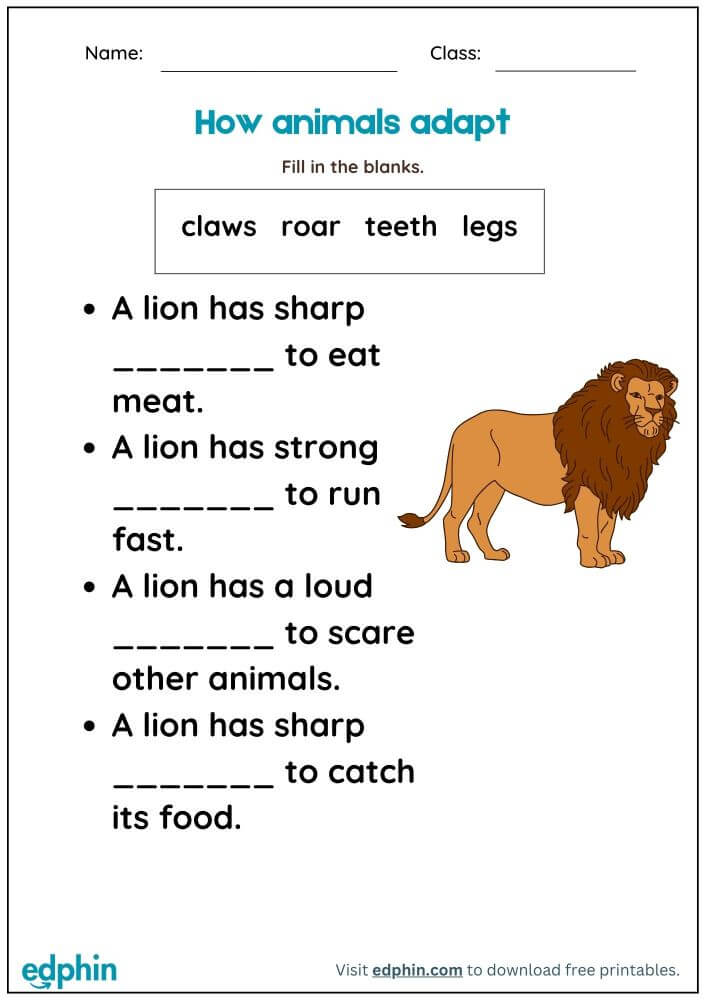
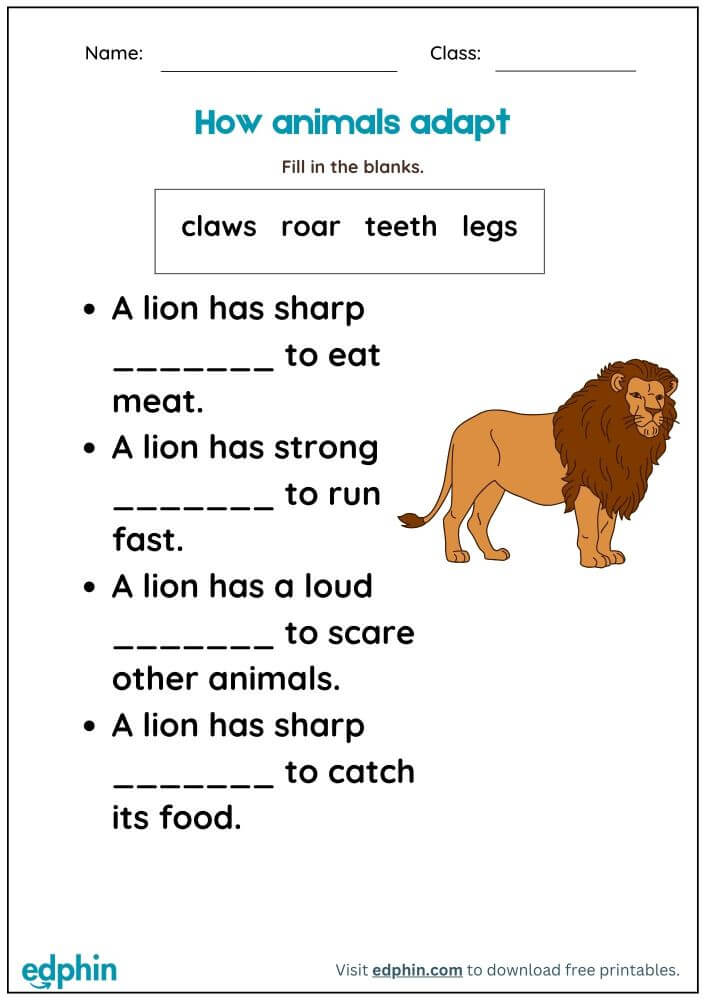
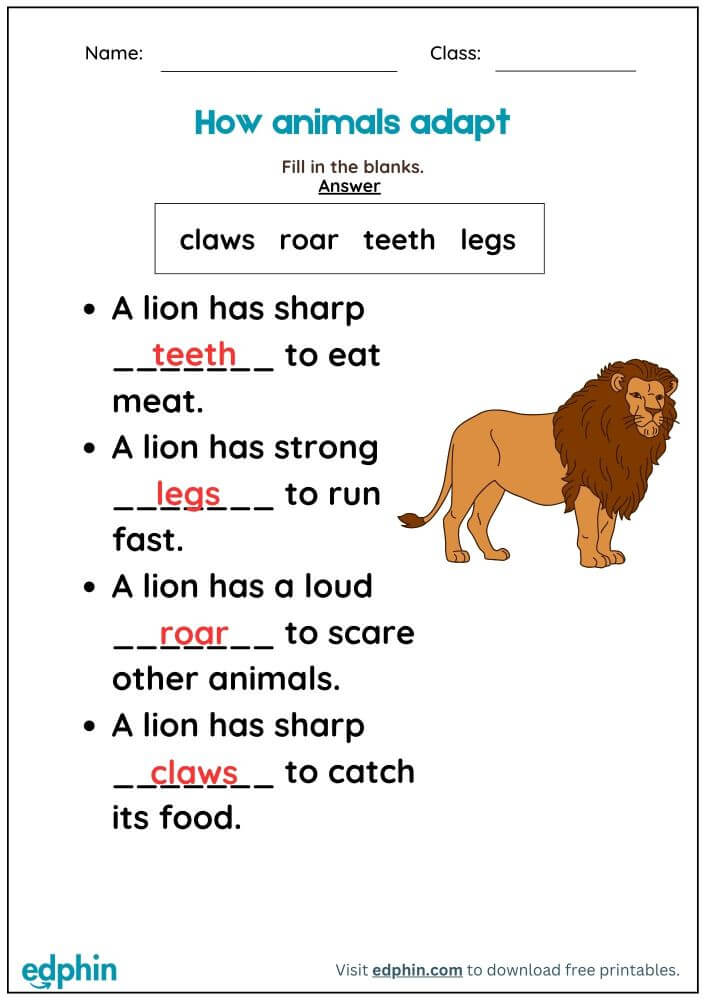
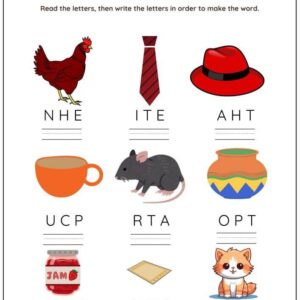
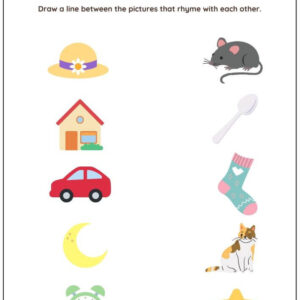
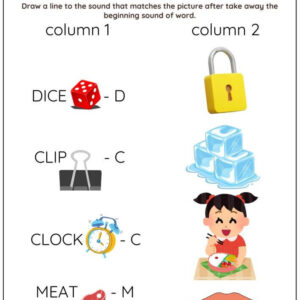
Reviews
There are no reviews yet.